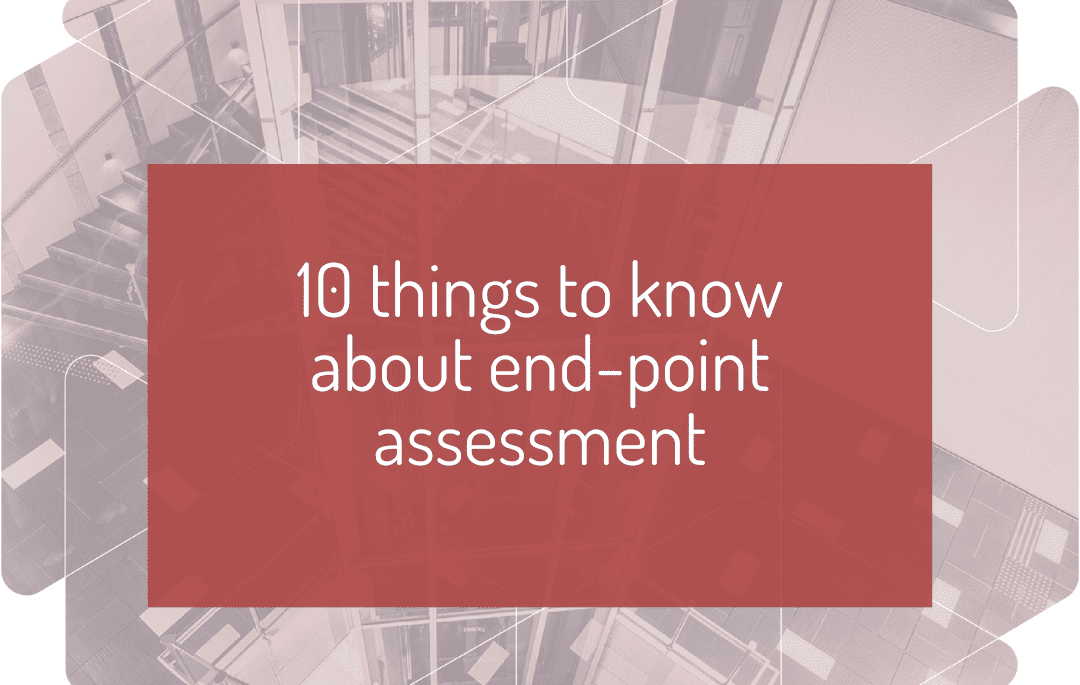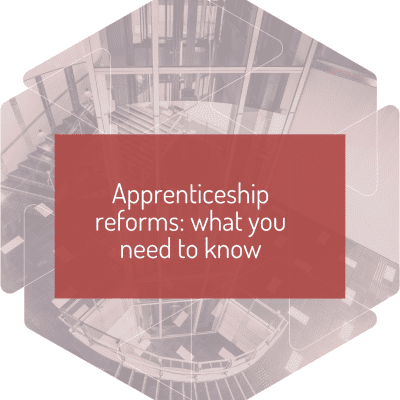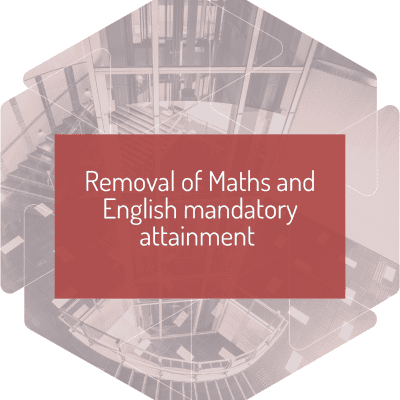As an employer, understanding the end-point assessment (EPA) process is crucial when hiring apprentices. The EPA is the final step in an apprentice’s journey, and it determines whether they have the required skills and knowledge for their chosen field. The role of the employer is crucial throughout the process, and there are specific things you can do to support your apprentice.
- What is end-point assessment?
This is the process that apprentices in England go through at the end of their apprenticeship. It is a quality assurance measure to make confirm that apprentices have the required knowledge and skills to go onto a career in their chosen profession. The EPA is an independent organisation and cannot be the training provider or employer so that it makes an impartial evaluation.
- EPA is made up of components
EPA typically consists of multiple assessment methods which can include written exams, interviews, and practical assessments. Assessments are defined on the Assessment Plan, EPAOs do not decide how to assess the KSBs. We work closely with employers so that they understand the exact components their apprentices will follow.
- EPA organisations should be aligned with your industry
For example, employers should always check that the EPA organisation is accredited by the appropriate regulatory bodies, such as Skills England. LEIA Assessment also has experienced assessors with in-depth knowledge of the lift industry.
- Employers need to play a vital role
The role of the employer in the process is crucial. This includes supporting the apprentice with opportunities to practice and develop the skills required for their assessments. We can advise and have lots of useful resources available for employers to support this.
- Preparing for the EPA is essential
Employers should work closely with the training provider to make sure apprentices receive comprehensive training that aligns with the EPA components. Mock assessments and practice tests can also be valuable in preparing apprentices for the final assessment. Remember that the EPAO only carries out assessments in line with the published assessment plan.
- Be aware of timing and scheduling
LEIA Assessment EPA is at the end of the apprenticeship programme, to ensure that the apprentices have enough time to develop their knowledge and skills. We work with employers to find the ideal timing.
- Understand grading and results
Results are communicated with the employer and apprentice within a specified time. There is also time for resits. Read our blog on ‘What to do if your apprentice fails EPA’ for more.
- Look at EPA costs
Costs can vary depending on the standard and if resits are required. Ours is a personalised service that ensures your Apprentices will be competent for their future roles and an asset to your company – and our industry. Look at our pricing. https://www.leia-assessment.co.uk/pricing/
- You can re-sit an EPA
If your apprentice doesn’t pass the EPA, they can re-sit the element (s) of the EPA in which they were unsuccessful. It’s up to employers to decide whether apprentices should re-sit. If you do decide the apprentice should re-sit, there are various ways you can support their journey toward success.
- Look at continuous improvement
EPA isn’t the final hurdle. It’s a valuable feedback mechanism for both employers and training providers. We encourage all employers to use EPA as an opportunity to identify areas of improvement in their apprenticeship programmes to continuously reflect and refine.




